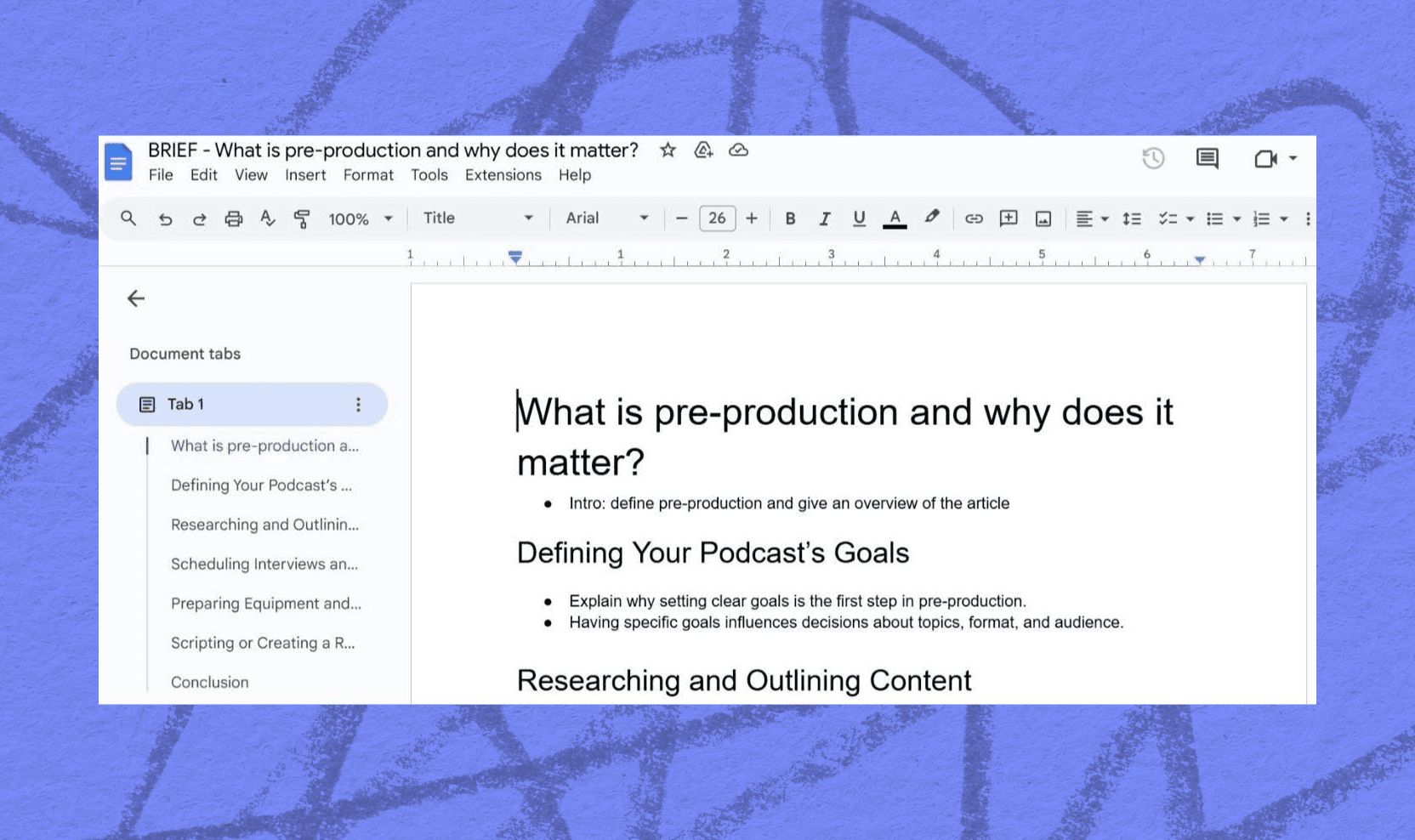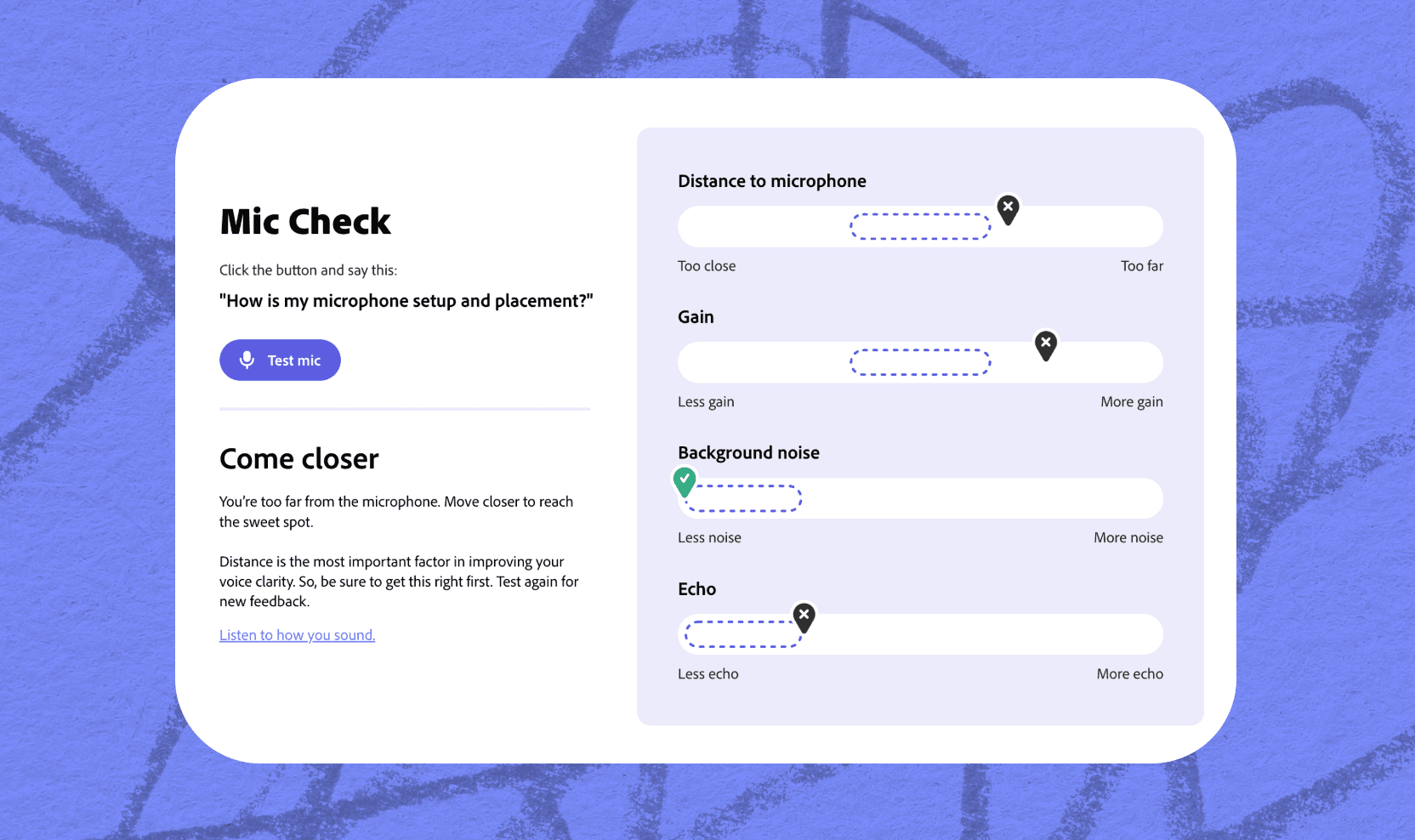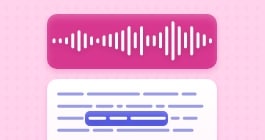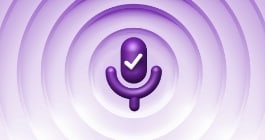Unlock more with the Adobe Podcast Premium plan 
- Video support for MP4, MOV, and more
- Bulk upload files for enhancement
- Adjust strength for a more natural sound
- Enhance up to 4 hours a day, files up to 1 GB
- No download limits on Studio projects
- Download original recordings, speaker-separated
- Customize audiograms and captions with themes
- Upload custom backgrounds for audiograms
- All Premium features for design
Enhance Speech
Studio
Design with Adobe Express Premium
What is pre-production?
And why it's important for a great podcast.

Last updated: April 4, 2025
Author: Nick Epson, Voice-first product marketer
Growing and retaining a podcast audience means putting in work—unless you have that je ne sais quoi that allows you to create amazing material off the cuff. For the rest of us, preparation can help ensure we’re ready to capture the best possible content.
But what does that preparation look like? You need to start up pre-production, which is just a fancy name for all the stuff you need to do before you hit record. Like anything else, getting into a good rhythm with pre-production can lead to more fluid recording sessions and an easier time with post-production. (Post-production is all the stuff you do after recording.)
Defining your podcast’s goals
Most media follows some central theme or topic, whether a podcast, YouTube channel, or TV series.
The content creator, robinswords, uses their channels to teach viewers about medieval martial arts using history and practical knowledge—as such, published material all fits this theme. It wouldn’t make sense for the channel to cover topics like appliance repair, Taylor Swift, or other unrelated topics.
This can be a challenge, as some people find themselves interested in recording broad discussions about general topics, while others can be focused on niche ideas.
Either can work, but it’s important to first set goals for your content. You can start with a couple of questions:
What will get and keep an audience’s attention?
There are a lot of podcasters out there just hashing out ideas and talking about life, which is fine. However, if you want to grow an audience of people who are excited to listen to your thoughts, you’ll want to research that audience to find out what they like and don’t like.
Why would someone want to listen to you?
You should make an honest assessment of what kind of value you can provide your listeners. You can entertain, inform, or both, but try to empathize with listeners to picture the value that you are actually delivering. Of course, you can—and should!—seek regular feedback as this can help you get started and make regular improvements over time.
Remember: you’ll likely share some of the same qualities with your listeners, but not everything. Make sure to research your audience and use what you learn to create meaningful content that connects with them.
Researching and outlining content
Now that we’ve covered general advice, let’s talk about making specific preparations.
Most pieces of content, regardless of format, are best served by starting with an outline. It doesn’t have to be fancy (though formatting can help), but you should at least get your ideas down to begin figuring out how much you can or should dedicate to each talking point.

We do just this for our blogs at Adobe Podcast! Using a platform like Google Docs makes it easy to share with others when necessary, and accessible so you can make adjustments from other devices.
If your podcast is recorded more like a conversation than a fully scripted show, it would help to have notes handy. For more information and to learn about preparing for interviews, check out our blog Mastering the Art of Interviewing for Podcasts.
Scheduling interviews and coordinating guests
Interviews are the backbone for many podcasts, meaning carving out an agreeable time between parties is crucial when making content around busy schedules.
If you’re not already using a calendar app, it’s probably time to start. For Mac and iPhone people, using the iCloud Calendar can help ensure your schedule is easily accessible. Android users and those who prefer Google products can use Google Calendars to keep track of obligations and even share a bookable schedule with others.
A few specific tips to keep in mind are:
- Busy guests in different time zones can be challenging to interview, so be flexible and consider recording at oddball times when necessary.
- Depending on your format, sharing outlines or talking points can be helpful for guests to both feel more comfortable and better prepare answers in advance.
- Confirm equipment and network connectivity before recording remotely to determine if extra accommodations will be required.
Preparing and setting up equipment
Even when not using Studio from Adobe Podcast to record and edit with remote guests, you can use our Mic Check feature to quickly determine how clearly your device is recording audio and what adjustments (if any) need to be made.

Mic Check is helpful for everything from more basic components, like a laptop’s built-in microphone, to professional-grade recording equipment.
When recording remotely, you should send a link to Mic Check to guests or other hosts to allow them to easily check audio quality, even if you’re not using other Adobe Podcast tools.
Just remember: things can happen when recording, even in the quietest places, so be prepared to handle distractions in stride. After all, you can always fix or cut out problematic portions when editing.
Outline or full script?
As the names suggest, an outline is a collection of logically-arranged thoughts while a full script refers to a document that’s intended to be read word for word.
If you’ve set goals for your podcast you should also know the kind of format you want. If you’re looking to create content that flows more like a normal conversation, stick with an outline, but if you’re delivering something structured like a radio show, or want to discuss a topic thoroughly, write a full script.
As you create more content, you should pay attention to what works best for your program’s unique needs and adjust accordingly.
Record like the best with a little prep work
Successful professionals in different industries will all tell you that prep work is key to making a good final product. Whether creating a program for a niche audience or recording the next hit podcast, preparation will help align your thoughts and processes to deliver content that engages audiences.
Check out Adobe Podcast features like Studio that can help you connect with remote guests easily and efficiently edit your recording with our built-in text-based editing tool. If nothing else, Mic Check can help you make adjustments to get the clearest possible recording, while Enhance Speech can easily improve recordings.
About the author: Nick brings 15+ years of experience across product development and content marketing, especially in the telecom and VoIP space. He’s passionate about clear messaging, crisp audio, the impact of voice, and building tech that actually connects.



